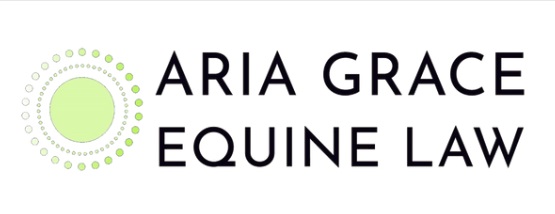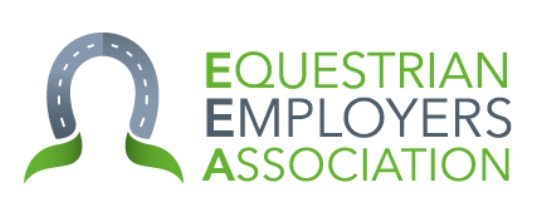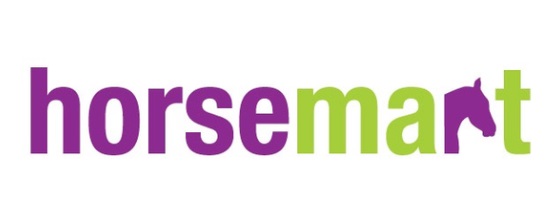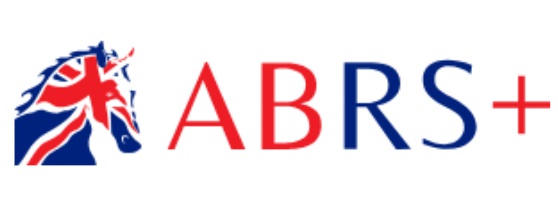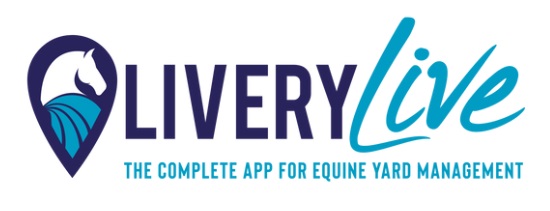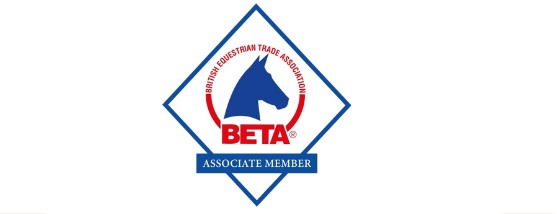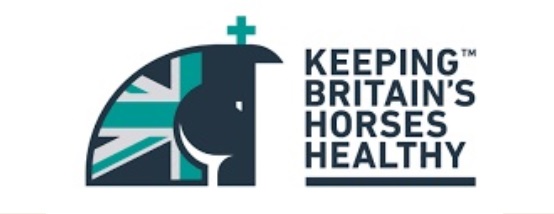Horses vary enormously, but there are signs of general good health that apply to all – from competition horses to happy hackers. With careful management and monitoring, you can spot variations in horse health, and know when to call the vet. Some problems are not necessarily veterinary issues, but maybe rubbing tack, sharp teeth or a case of adjusting their feed. Our helpful checklist below identifies a few of the key cheks you should make regularly of your horse, or any horses in your care.
Daily checklist
Attitude – a healthy horse should be bright, alert and interested in their surroundings; any change in your horse’s individual behaviour could indicate sickness. A horse that is particularly touchy or aggressive when being handled or touched could indicate an underlying problem.
Condition – the coat should be sleek and shiny; a glossy coat is indicative of good nutrition and health.
Eyes – these should be bright, fully open and clean. Any indication of unusual discharge or a glazed, dull appearance should be looked into.
Nostrils – these should be dry and clean. Excessive mucus could suggest the horse is unwell.
Appetite – a healthy horse should have a good appetite and any deviation from this is often one of the first indicators of illness. In some cases appetite may be affected in horses with teeth problems – watch that the horse is not dropping large amounts of food as it chews.
Hydration – the average horse drinks between five and ten gallons (about 1.5 to three buckets) of water a day, although this can vary depending on other factors such as weather conditions and exercise regimes. To assess if your horse is dehydrated: Take a pinch of skin on the neck area – if it takes longer than about a second, this could indicate dehydration.
Mucous Membranes – the membranes of the gums and lips should be a healthy salmon pink colour. By pressing hard on the gums with a fingertip they should turn a shade of white and when you release your finger rapidly return to the salmon-pink colour.
Manure – should be firm and not loose or contain undigested grains. Any change from the normal amount should be investigated.
Urine – this should be wheat-coloured and not cloudy or contain blood.
Soundness – the horse should be capable of standing squarely with its weight evenly on all four feet. Resting a hindleg is normal, but not a foreleg. There should be no excessive heat or signs of swelling.
As well as these indicators of good health, it is imperative that owners know their horse’s individual vital signs by taking them regularly. This is known as TPR:
Temperature – the normal body temperature is 38 degrees C and should be measured rectally.
Pulse – a horse’s resting pulse rate should be between 36 and 42 beats per minute. This is best taken using the facial artery under the lower jaw or with a stethoscope just in front of the girth area behind the elbow.
Respiration – when at rest, the average horse takes eight to 15 inhalations a minute and these can be counted by watching the flanks rise and fall.

